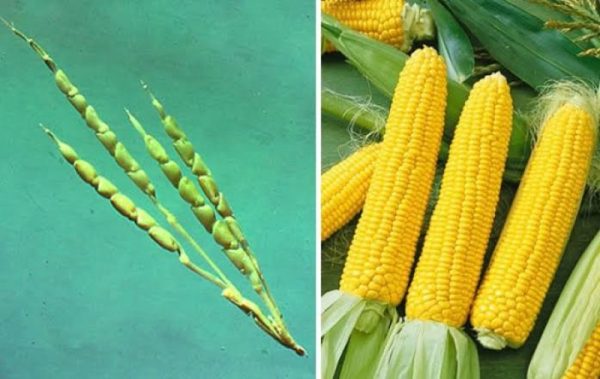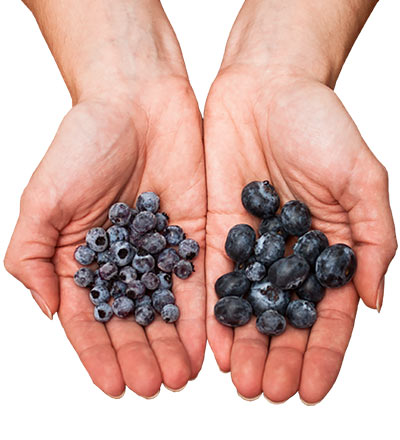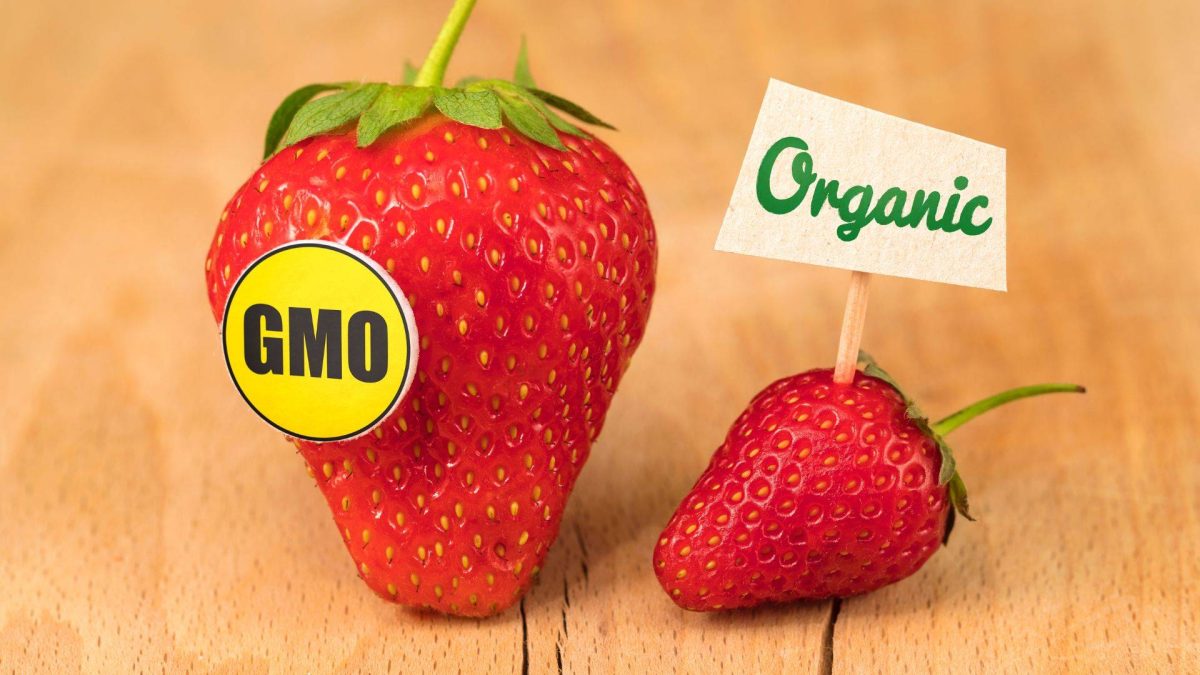The History and Future of GMOs
Since the start of civilization, humans have always harvested the biggest plants and replanted their seeds to yield better and more fruitful crops for the next generations. In fact, this practice dates all the way back to the Mesopotamian era. Selective breeding and crossbreeding provided sustenance to these civilizations and is the main reason why civilizations were able to support larger populations throughout history. The Mesopotamians would use these techniques with wheat and many other plants they consumed.
——————————————————————
GMO stands for genetically modified organisms. Most plants we eat have been processed through harvesting and selective breeding, selecting the best crops to replant to yield bigger crops for the next seasons to come. Over time, our crops have grown in size. For example, wild corn used to contain just a few kernels. Through years of selective breeding, modern corn contains hundreds of kernels and is much more filling to eat.

Modern GMOs were first created by two scientists in 1973: biochemists Herbert Boyer and Stanley Cohen. They accomplished this by inserting genetic material from one organism to another to alter its physical and chemical structure. This allows farmers to make changes quicker and more specific in their plants in less time.
In 1982, the FDA approved the first consumer product developed through genetic engineering: human insulin to treat diabetes. Then, in the 1990s, the FDA approved using GMOs in food. They had to meet the same requirements and safety standards as foods derived from traditionally bred plants. Finally, in 2015, the FDA approved GMOs to be used on animals, such as salmon and chickens.
Since their development, GMOs have helped farmers. Plants are now resistant to insect damage, tolerant to herbicides, and immune to plant viruses. Genetically modified plants also require less resources. Because farmers are able to spend less money on their crops, they are then able to charge less for their crops. Thus, the cost of produce has become lower, thanks to GMOs, and more people now have access to certain produce.

In the United States, 55% of crops are genetically modified, according to the USDA in 2020, and this number continues to grow. Although we cannot be 100% certain of what the future holds for GMOs, we know that their use will continue to grow and that this technology will continue to advance in the near future.



